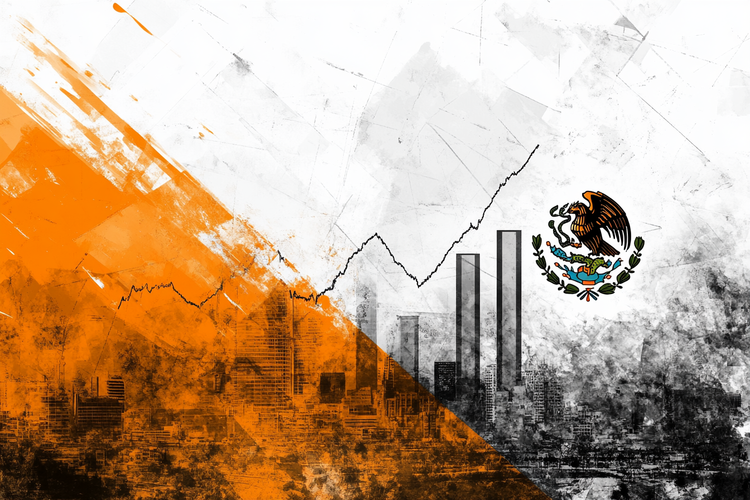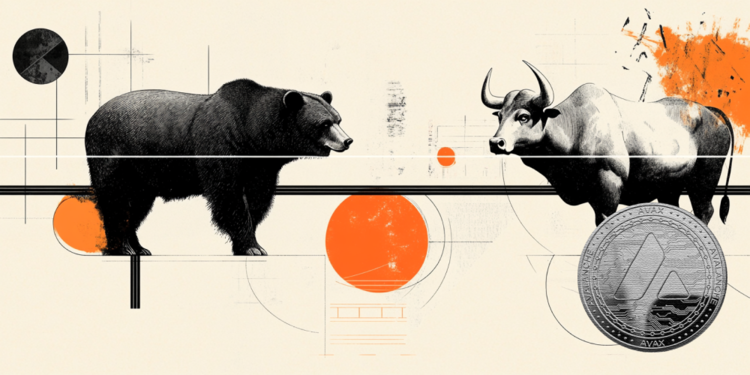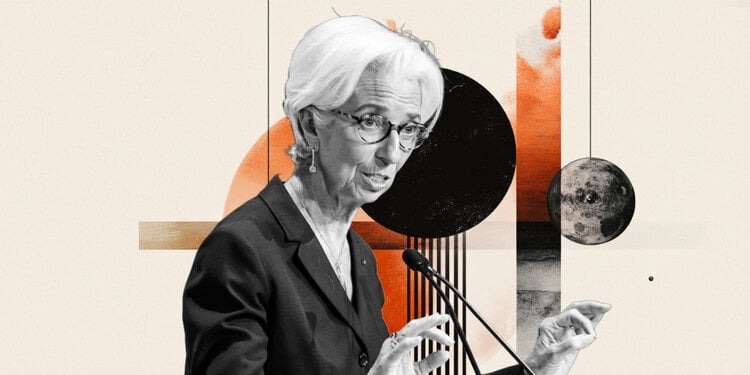The Central Bank signaled a stronger resumption of activity in the months of April and May and the market began to work with stronger numbers for this year’s GDP. For a growth that was expected around zero, the numbers are moving towards something between 1.5% and 2.05%. April and May, specifically, showed an increase of almost 3% compared to last year, fueling this wave of positive expectations for the rest of the year.
But the question remains whether this is sustainable by the end of the year or not. The second half presents increasing domestic and external risks. On the domestic front, the election will be troubled, to say the least, and this could worsen the perception of risk to the economy even further. In addition, the Selic should reach 13.75% in August and services will have reached their post-pandemic growth peak. Abroad, the risk is still located in the increase in interest rates in the US, which should accelerate until the end of the year.
The positive side, however, is that GDP grew at this level in the months following the start of the Ukrainian war, which shows resilience of the domestic economy. June’s confidence indicators showed very positive and generalized numbers. At the same time, there are some good signs for growth in the second half of the year. Agricultural crops, here and abroad, are doing well and with the normalization of fertilizers, it is likely that we will have a significant increase in agricultural production.
At the same time, prices are falling, partly because of the good harvests, but especially because of the recessive scenario that helps to lower the prices of commodities abroad. This being true, it is likely that food inflation could help even more than fuel in the coming months, bringing a more accommodating inflation scenario, approaching 8%.
In addition, the job market remains strong, with the unemployment rate falling significantly in recent months, reaching below 10%, something that was not expected to be achieved so quickly. Finally, the package of goodies may have some marginal effect on growth, helping consumption until the end of the year.
There are many variables to observe, but the balance of risks and the timing of economic evolution seem to suggest that the worst could come after the election, with the Bolsonaro government raising some good numbers to show for it. At the beginning of October, when the election will take place, we will have some consolidated data for August, a month that could bring good unemployment and inflation figures.
The infamous poverty index, which measures the sum of the unemployment rate and the inflation rate, may be at a much lower level than imagined until a few months ago. In terms of the presidential campaign, the results can be dubious, as the numbers will still be very high, but with favorable indicators at the margin, as should be the July inflation, which should show a drop.
The effort that the government is making now will take a toll on whoever becomes president later on. The Bolsonaro government seems to act in the fiscal knowing that it will not be there next year. The consequence of this is that we may even have better numbers this year, but increasingly at the expense of worse results next year.
GDP should grow by a maximum of 0.5%, and inflation is already on track to stay between 5 and 6%, with the fiscal hole increasing the public deficit expected for next year to over R$ 100 billion and the public debt gross return to 84%. Thus, celebrating this year’s results is valid, but we cannot forget how it is being built and the price we will pay starting next year.
Source: CNN Brasil
I am Sophia william, author of World Stock Market. I have a degree in journalism from the University of Missouri and I have worked as a reporter for several news websites. I have a passion for writing and informing people about the latest news and events happening in the world. I strive to be accurate and unbiased in my reporting, and I hope to provide readers with valuable information that they can use to make informed decisions.







